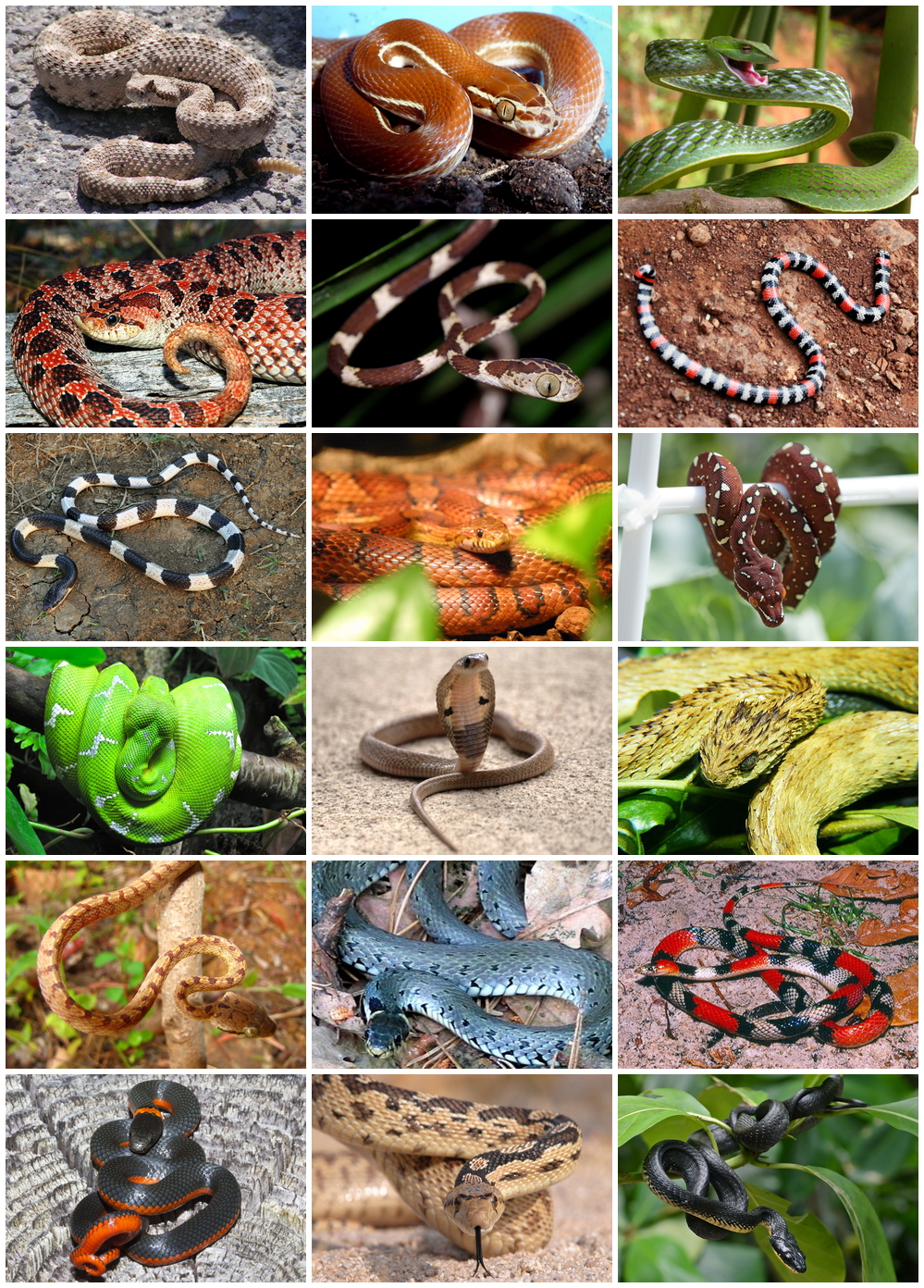

Living snakes are found on every continent except Antarctica, and on most smaller land masses; exceptions include some large islands, such as Ireland, Iceland, Greenland, the Hawaiian archipelago, and the islands of New Zealand, as well as many small islands of the Atlantic and central Pacific oceans.
Additionally, sea snakes are widespread throughout the Indian and Pacific oceans. Around thirty families are currently recognized, comprising about 520 genera and about 3,900 species. They range in size from the tiny, 10.4 cm-long (4.1 in) Barbados threadsnake to the reticulated python of 6.95 meters (22.8 ft) in length.
The fossil species Titanoboa cerrejonensis was 12.8 meters (42 ft) long. Snakes are thought to have evolved from either burrowing or aquatic lizards, perhaps during the Jurassic period, with the earliest known fossils dating to between 143 and 167 Ma ago.
The diversity of modern snakes appeared during the Paleocene epoch (c. 66 to 56 Ma ago, after the Cretaceous–Paleogene extinction event). The oldest preserved descriptions of snakes can be found in the Brooklyn Papyrus. Continue reading
We find symbolic snakes in most ancient civilizations, linked to gods and aliens and the spiral movement of consciousness in and out of realities.
Caduceus - Rod of Hermes - DNA
Dragons, Dragonflies, Winged Serpents
Garden of Eden - Mitochondrial Eve
Quetzalcoatl the Feathered Serpens
The iconic motif of the snake or spiral goes all the way back to the beginning of the human journey.
In ancient Mesopotamia, Nirah, the messenger god of Istaran, was represented as a serpent on kudurrus, or boundary stones.
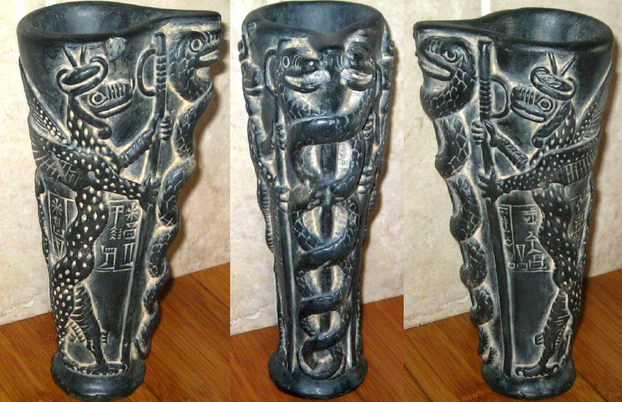
Representations of two intertwined serpents are common in Sumerian art and Neo-Sumerian artwork and still appear sporadically on cylinder seals and amulets until as late as the thirteenth century BC.
The horned viper (Cerastes cerastes) appears in Kassite and Neo-Assyrian kudurrus and is invoked in Assyrian texts as a magical protective entity. A dragon-like creature with horns, the body and neck of a snake, the forelegs of a lion, and the hind-legs of a bird appears in Mesopotamian art from the Akkadian Period until the Hellenistic Period (323 BC-31 BC).
This creature, known in Akkadian as the mushussu, meaning "furious serpent", was used as a symbol for particular deities and also as a general protective emblem. It seems to have originally been the attendant of the Underworld god Ninazu, but later became the attendant to the Hurrian storm-god Tishpak, as well as, later, Ninazu's son Ningishzida, the Babylonian national god Marduk, the scribal god Nabu, and the Assyrian national god Ashur.
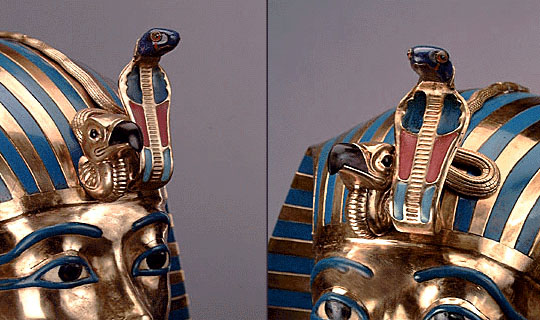
In Egyptian history, the snake occupies a primary role with the Nile cobra adorning the crown of the pharaoh in ancient times. It was worshipped as one of the gods and was also used for sinister purposes: murder of an adversary and ritual suicide (Cleopatra).
The ouroboros was a well-known ancient Egyptian symbol of a serpent swallowing its own tail. The precursor to the ouroboros was the "Many-Faced", a serpent with five heads, who, according to the Amduat, the oldest surviving Book of the Afterlife, was said to coil around the corpse of the sun god Ra protectively. The earliest surviving depiction of a "true" ouroboros comes from the gilded shrines in the tomb of Tutankhamun.
In the early centuries AD, the ouroboros was adopted as a symbol by Gnostic Christians and chapter 136 of the Pistis Sophia, an early Gnostic text, describes "a great dragon whose tail is in its mouth". In medieval alchemy, the ouroboros became a typical western dragon with wings, legs, and a tail.
In the Bible, King Nahash of Ammon, whose name means "Snake", is depicted very negatively, as a particularly cruel and despicable enemy of the ancient Hebrews.
The ancient Greeks used the Gorgoneion, a depiction of a hideous face with serpents for hair, as an apotropaic symbol to ward off evil. In a Greek myth described by Pseudo-Apollodorus in his Bibliotheca, Medusa was a Gorgon with serpents for hair whose gaze turned all those who looked at her to stone and was slain by the hero Perseus.
In the Roman poet Ovid's Metamorphoses, Medusa is said to have once been a beautiful priestess of Athena, whom Athena turned into a serpent-haired monster after she was raped by the god Poseidon in Athena's temple. In another myth referenced by the Boeotian poet Hesiod and described in detail by Pseudo-Apollodorus, the hero Heracles is said to have slain the Lernaean Hydra, a multiple-headed serpent which dwelt in the swamps of Lerna.
The legendary account of the foundation of Thebes mentioned a monster snake guarding the spring from which the new settlement was to draw its water. In fighting and killing the snake, the companions of the founder Cadmus all perished – leading to the term "Cadmean victory" (i.e. a victory involving one's own ruin).
Three medical symbols involving snakes that are still used today are Bowl of Hygieia, symbolizing pharmacy, and the Caduceus and Rod of Asclepius, which are symbols denoting medicine in general.
One of the etymologies proposed for the common female first name Linda is that it might derive from Old German Lindi or Linda, meaning a serpent.
India is often called the land of snakes and is steeped in tradition regarding snakes. Snakes are worshipped as gods even today with many women pouring milk on snake pits (despite snakes' aversion for milk). The cobra is seen on the neck of Shiva and Vishnu is depicted often as sleeping on a seven-headed snake or within the coils of a serpent. There are also several temples in India solely for cobras sometimes called Nagraj (King of Snakes) and it is believed that snakes are symbols of fertility. There is a Hindu festival called Nag Panchami each year on which day snakes are venerated and prayed to. See also Naga.
In India there is another mythology about snakes. Commonly known in Hindi as "Ichchhadhari" snakes. Such snakes can take the form of any living creature, but prefer human form. These mythical snakes possess a valuable gem called "Mani", which is more brilliant than diamond. There are many stories in India about greedy people trying to possess this gem and ending up getting killed.
The snake is one of the 12 celestial animals of Chinese zodiac, in the Chinese calendar.
Many ancient Peruvian cultures worshipped nature. They emphasized animals and often depicted snakes in their art.
Snakes are used in Hinduism as a part of ritual worship. In the annual Nag Panchami festival, participants worship either live cobras or images of Nāgas. Lord Shiva is depicted in most images with a snake coiled around his neck. Puranic literature includes various stories associated with snakes, for example Shesha is said to hold all the planets of the Universe on his hoods and to constantly sing the glories of Vishnu from all his mouths. Other notable snakes in Hinduism are Vasuki, Takshaka, Karkotaka, and Pingala. The term Naga is used to refer to entities that take the form of large snakes in Hinduism and Buddhism.
Snakes have been widely revered in many cultures, such as in ancient Greece where the serpent was seen as a healer. Asclepius carried a serpent wound around his wand, a symbol seen today on many ambulances.
In Judaism, the snake of brass is also a symbol of healing, of one's life being saved from imminent death.
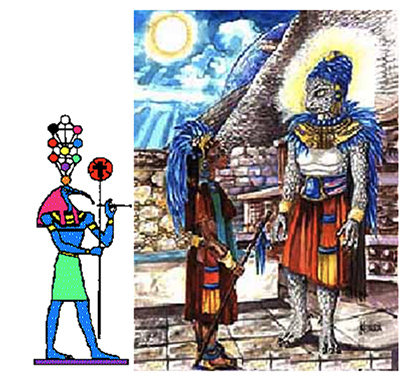
In religious terms, the snake and jaguar were arguably the most important animals in ancient Mesoamerica. "In states of ecstasy, lords dance a serpent dance; great descending snakes adorn and support buildings from Chichen Itza to Tenochtitlan, and the Nahuatl word coatl meaning serpent or twin, forms part of primary deities such as Mixcoatl, Quetzalcoatl, and Coatlicue." In the Maya and Aztec calendars, the fifth day of the week was known as Snake Day.
In some parts of Christianity, the redemptive work of Jesus Christ is compared to saving one's life through beholding the Nehushtan (serpent of brass). Snake handlers use snakes as an integral part of church worship, to demonstrate their faith in divine protection.
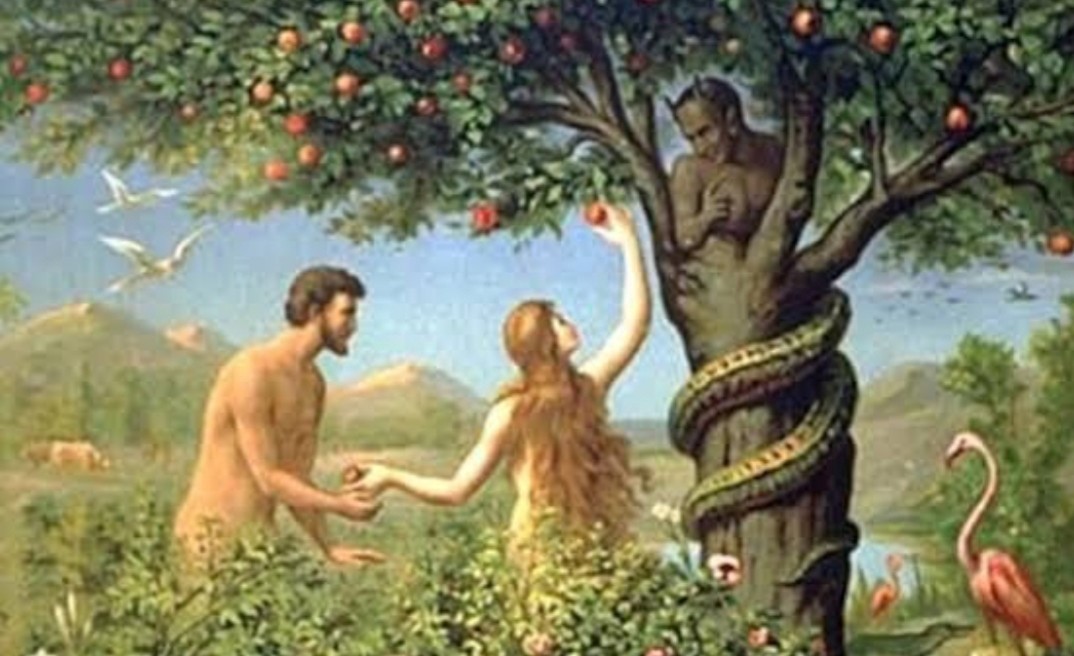
However, more commonly in Christianity, the serpent has been depicted as a representative of evil and sly plotting, as seen in the description in Genesis of a snake tempting Eve in the Garden of Eden.
Saint Patrick is purported to have expelled all snakes from Ireland while converting the country to Christianity in the 5th century, thus explaining the absence of snakes there.
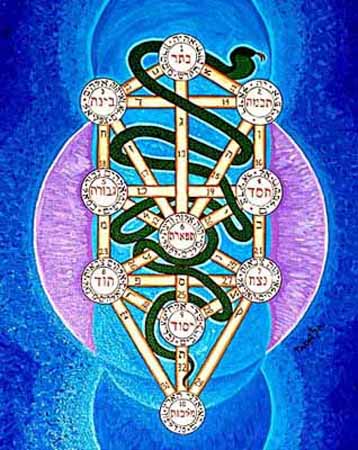
In Christianity and Judaism, the snake makes its infamous appearance in the first book of the Bible when a serpent appears before Adam and Eve and tempts them with the forbidden fruit from the Tree of Knowledge.

The snake returns in the Book of Exodus when Moses turns his staff into a snake as a sign of God's power, and later when he makes the Nehushtan, a bronze snake on a pole that when looked at cured the people of bites from the snakes that plagued them in the desert. The serpent makes its final appearance symbolizing Satan in the Book of Revelation: "And he laid hold on the dragon the old serpent, which is the devil and Satan, and bound him for a thousand years."
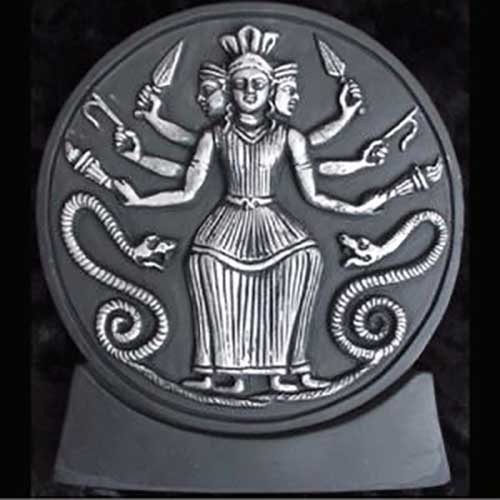
In Neo-Paganism and Wicca, the snake is seen as a symbol of wisdom and knowledge. Additionally, snakes are sometimes associated with Hecate, the Greek goddess of witchcraft.

Caduceus
Several compounds from snake venoms are being researched as potential treatments or preventatives for pain, cancers, arthritis, stroke, heart disease, hemophilia, and hypertension, and to control bleeding (e.g. during surgery).
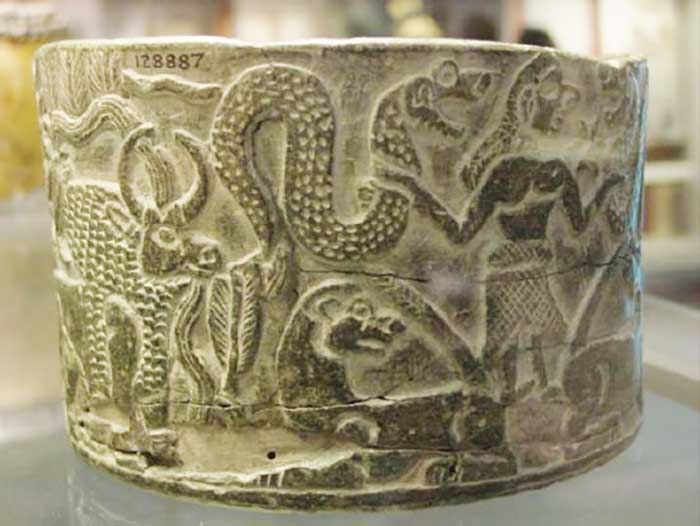
Ancient Sumer and the Anunnaki
Sacred Geometry
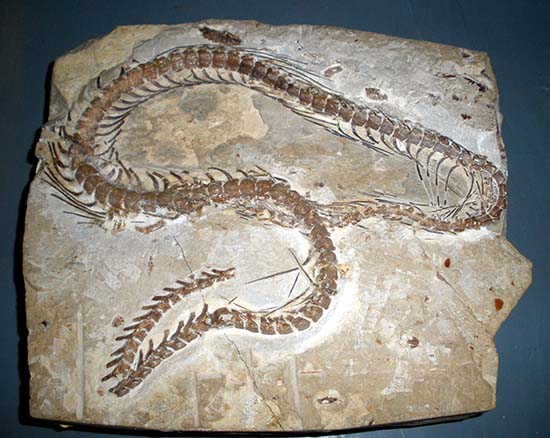
Paleontology - Snakes
The Snake Is The Spearhead of Reptile Evolution, But Why? Science Alert - March 3, 2024
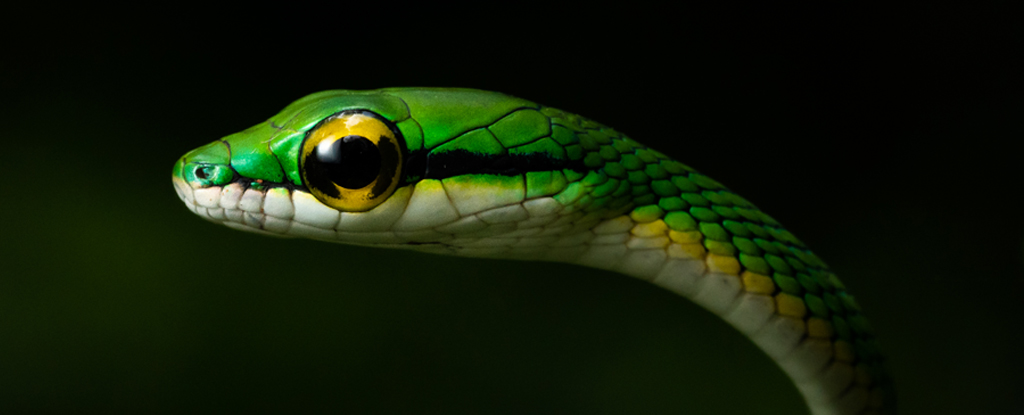
Curious snake-like forms have been spotted in cells from many different species across the evolutionary tree. Now Oxford scientists have shown they exist in human cells as well.
Roughly 128 million years ago snakes suddenly burst into an abundant existence on Earth, eventually diversifying into the 4,000 or so species we see today. Yet their prevalence can't be solely attributed to their most obvious characterizing traits: abandonment of limbs and body elongation. When an asteroid took out non-avian dinosaurs about 66-million-years-ago, snakes not only had the biological tools to survive but the genetic capacity to rapidly adapt to the changing environments around them and take advantage of now-vacant niches.
Snakes' seen in human cells PhysOrg - October 3, 2011
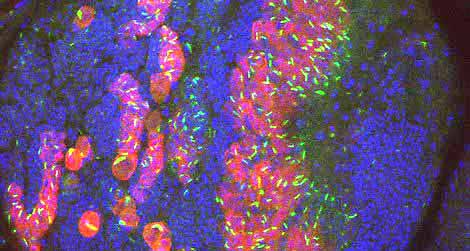
Curious snake-like forms have been spotted in cells from many different species across the evolutionary tree. Now Oxford scientists have shown they exist in human cells as well. This apparent ubiquity across species from bacteria to mammals suggests the structures perform a crucial function in the cell. But how and why they form, and what role they play in the cell remain anyone's guess. This apparent ubiquity across species from bacteria to mammals suggests the structures perform a crucial function in the cell. But how and why they form, and what role they play in the cell remain anyone's guess.

Boy finds two-headed snake
October 17, 2003 - CNN :: Kentucky: Hunter York was afraid of snakes, but he couldn't resist the two-headed reptile he found. The 10-year-old said he picked up the black king snake with a stick, then noticed it grabbed the stick with two heads. The 81/2-inch female reptile hasn't eaten since Hunter found it October 4. Ed Zimmer, a Murray State University biology professor and herpetologist, estimated the occurrence of a two-headed snake at 1 in 10,000.